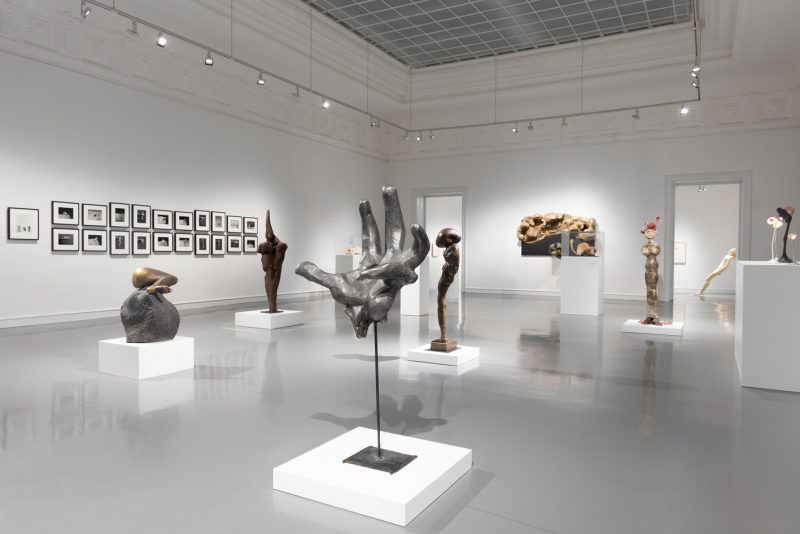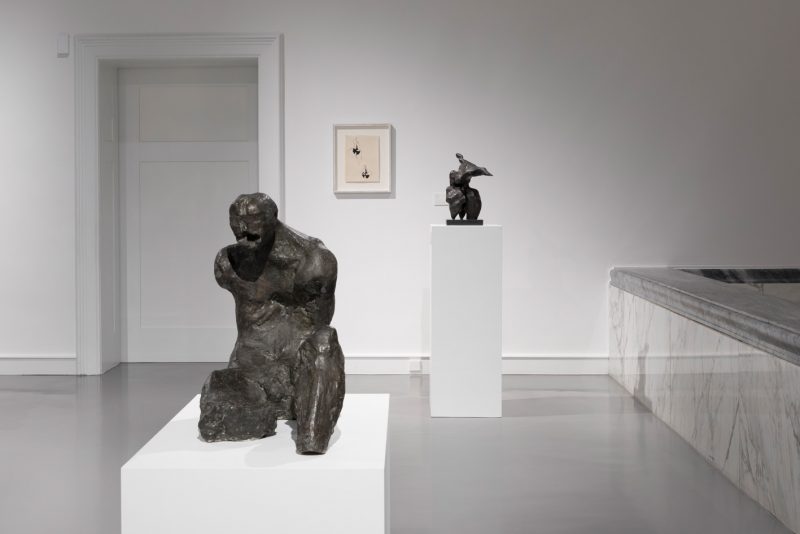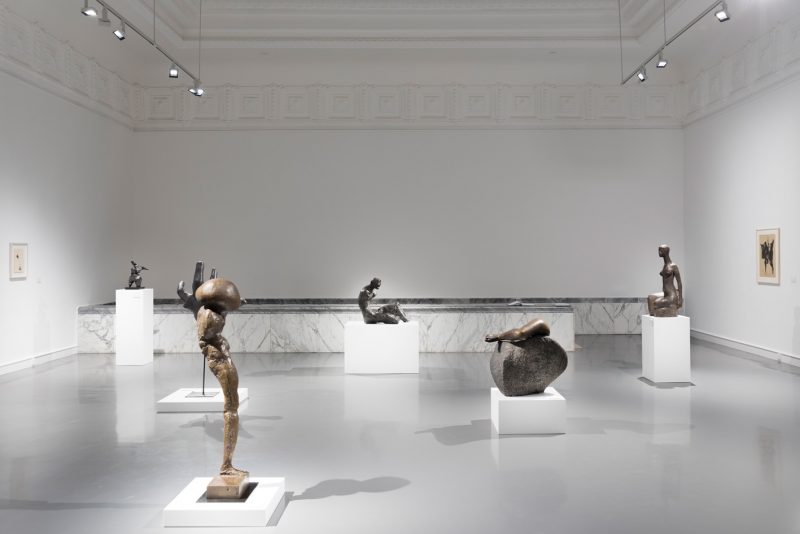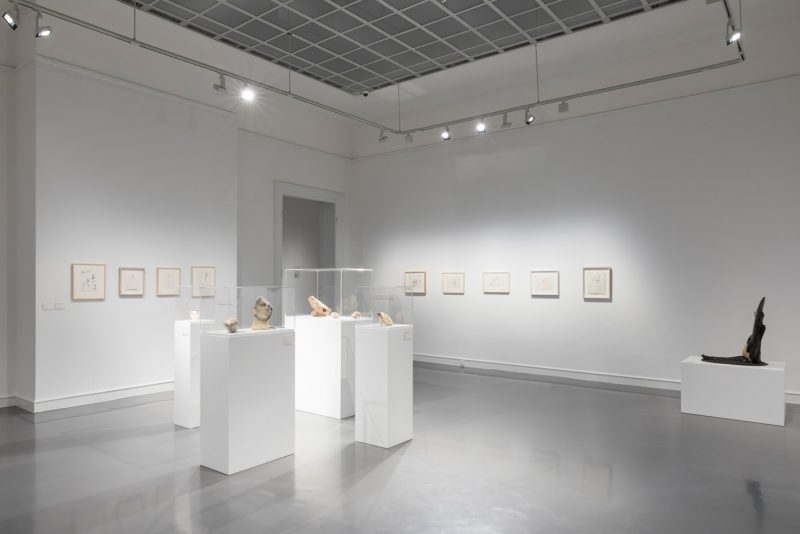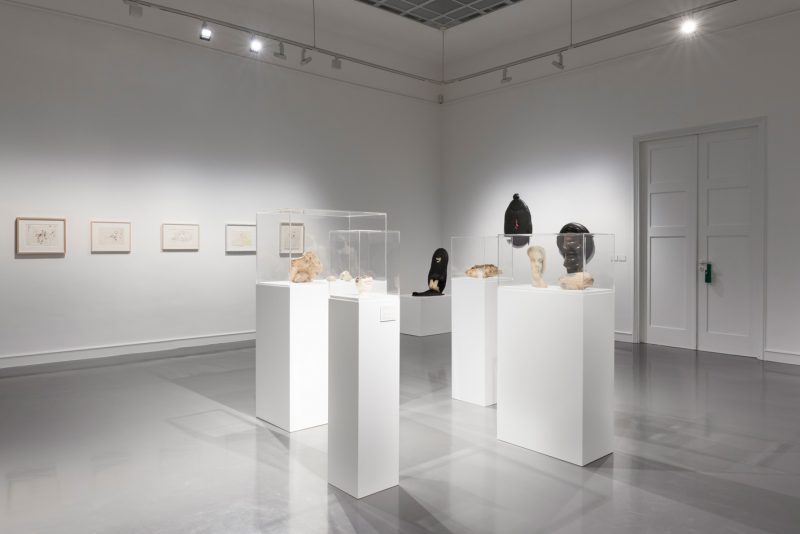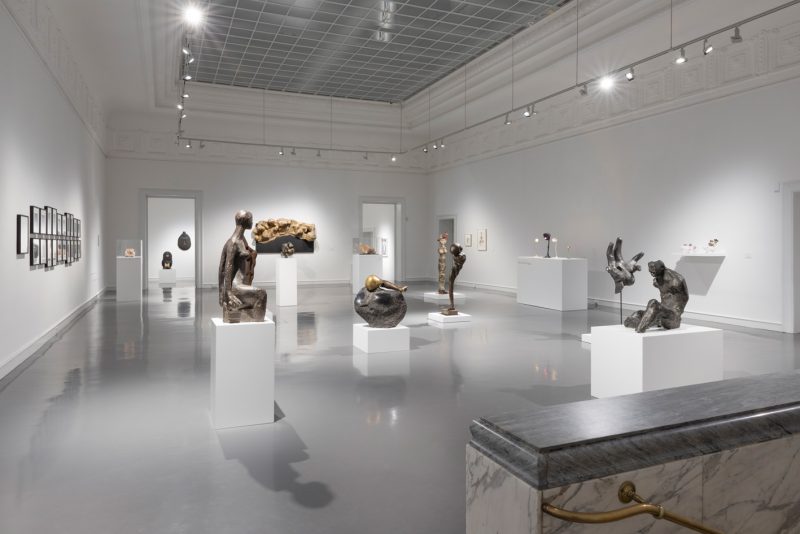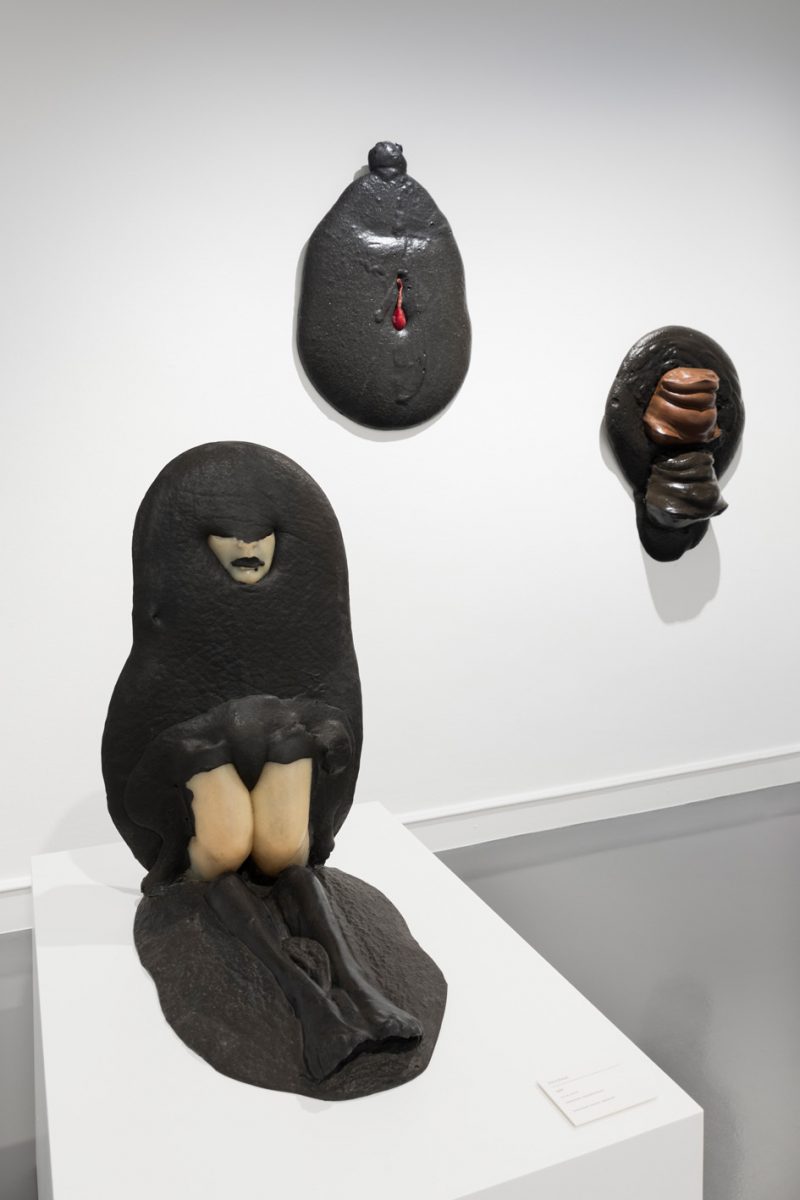Alina Szapocznikow
Human Landscapes
Artist
- Alina Szapocznikow
Curator
- Luisa Heese
Publication
An extensive bilingual exhibition catalogue will be published by the Verlag der Buchhandlung Walther König, Cologne. Texts by: Andrew Bonacina, Kirsty Bell, Marek Beylin, Marta Dziewanska, Luisa Heese and Griselda Pollock.
Thanks to
The show is organised in cooperation with the British art gallery The Hepworth Wakefield.
The summer exhibition at Staatliche Kunsthalle Baden-Baden is dedicated to the work of Polish artist Alina Szapocznikow (*1926, †1973). While individual works of hers were displayed at documenta 12 and documenta 14, this show is the most comprehensive survey in Germany to date of this significant artist.
Until her premature death in 1973, Alina Szapocznikow created a comprehensive and expressive Œuvre, which kept revolving around the human body. In her sculptures, photographs, and drawings, she disassembled the body – especially the female one – into individual parts, such as lips, breasts, abdomen, and limbs, only to reassemble and to then integrate them as traces into her works. It was often her own body which served as a mould.
Growing up as a Jewish woman in Poland, Alina Szapocznikow experienced the horrors of Nazi concentration camps before relocating to Prague and then Paris, where she moved in the artistic circles of the Nouveaux Réalistes. Having made figurative sculptures from classic materials such as bronze, she soon began to work with new materials such as polyester and polyurethane, which revolutionized the expressive possibilities of sculpture. Enchantingly beautiful and yet often uncanny, her works address issues such as eroticism, memory, and trauma. At the same time they show Surrealist and Pop Art influences, and they comment, with subtle humour, on the social situation of their time. In her final years Szapocznikow’s creative process was overshadowed by her impending death, which figures in the works from this phase of her life. These works express the fragility and transience of the human body in a manner that is equally poetic and drastic.
The artist’s development is retraced with works from 1954 to 1973, which are displayed in the two skylight galleries of the Kunsthalle. It offers insights into the work of one of the most important sculptors of the 20th century, who has increasingly found international recognition in recent years.
The exhibition at Staatliche Kunsthalle Baden-Baden is curated by Luisa Heese.
